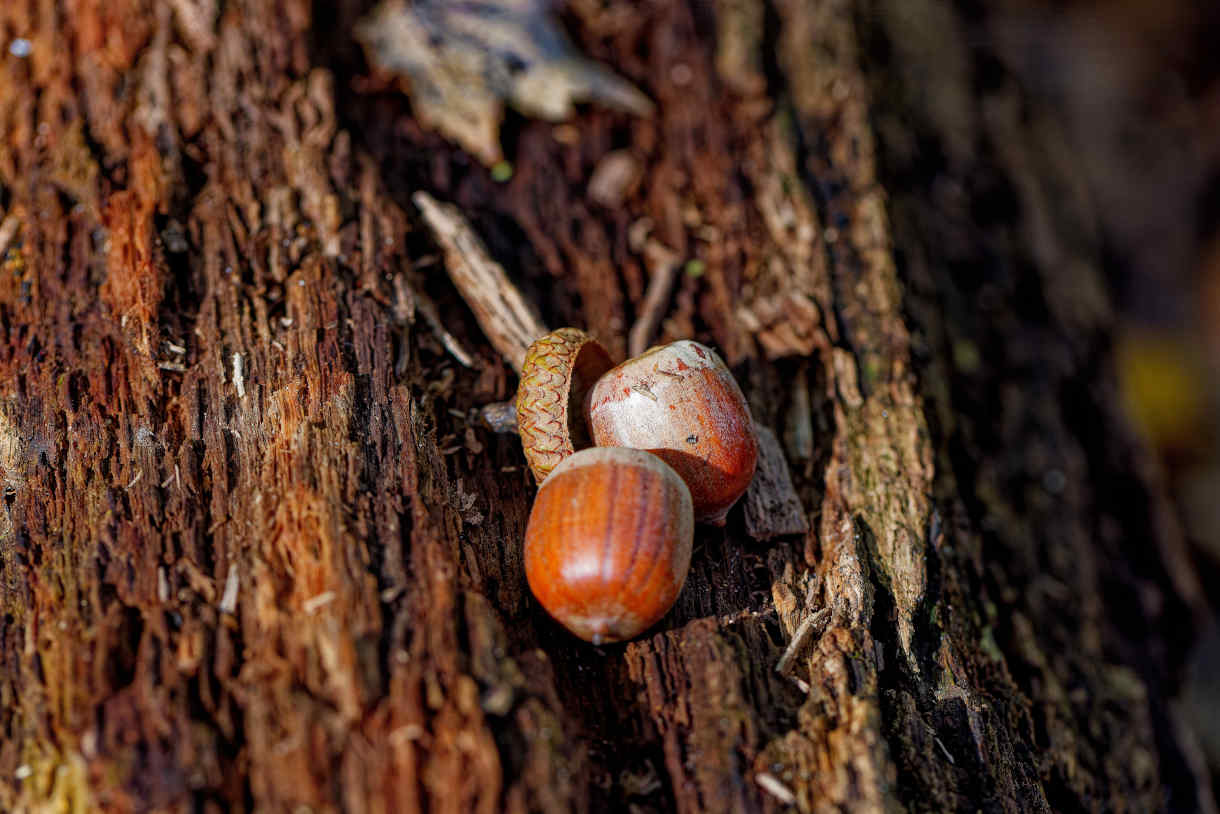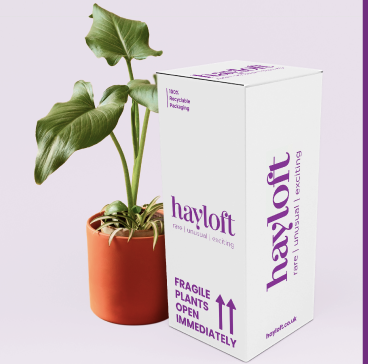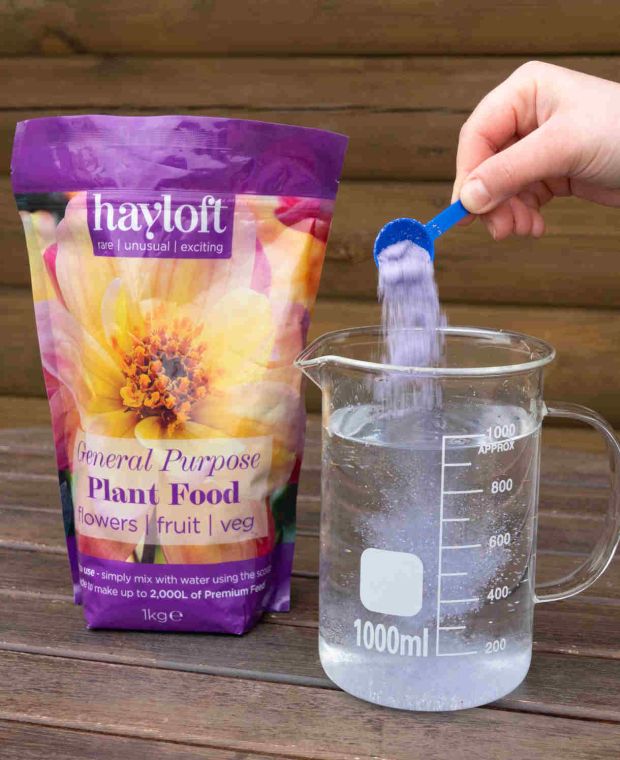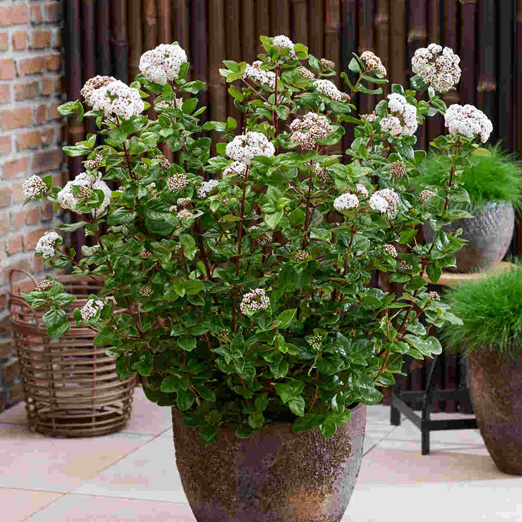How to grow Quercus
Also known as oak, quercus is a genus of over 600 species of large, long-lived trees which can be found growing wild throughout the northern hemisphere. In the British Isles we have two native species. The widespread Quercus robur (English oak) needs little introduction, having played an iconic role in British culture for many centuries. It supports over 2000 species of wildlife – more than any other tree, and its wood was traditionally used for timber. Q. petraea (sessile oak) is more common in damper places. It is prevalent in woodlands in the north and west and is the national tree of Ireland. The two species can be distinguished by a small detail – the presence of acorn cup stalks. On English oaks these are long and noticeable, while on sessile oaks there are none.
In addition to these two native species, there are several species which have been introduced for ornamental purposes and are now a common sight in our gardens and parkland. See below for details.
Quercus has a potential lifespan of over 1000 years, and planting one creates a legacy for future generations. Expect a growth rate of around 50 centimetres per year, and for acorn-producing maturity to be reached after approximately 40 years.
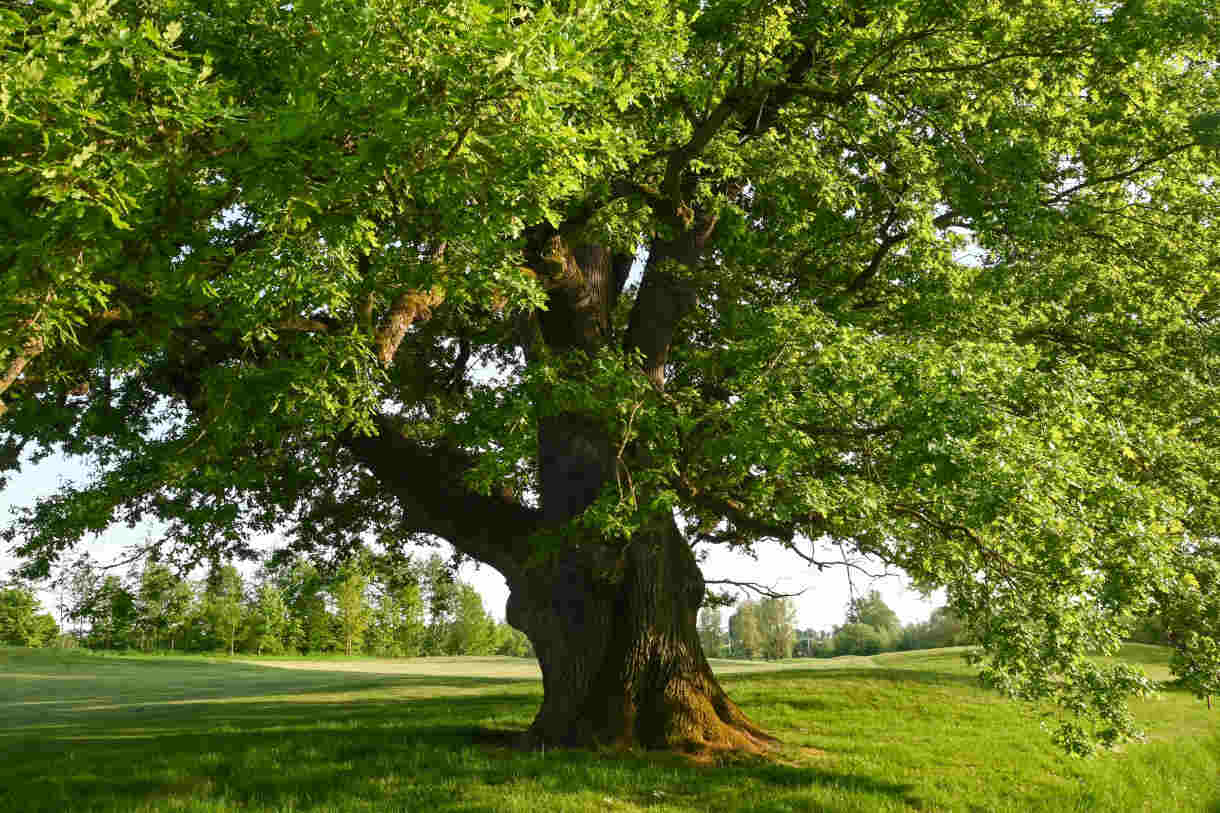
Key Information
Position
Soil Conditions
Hardiness

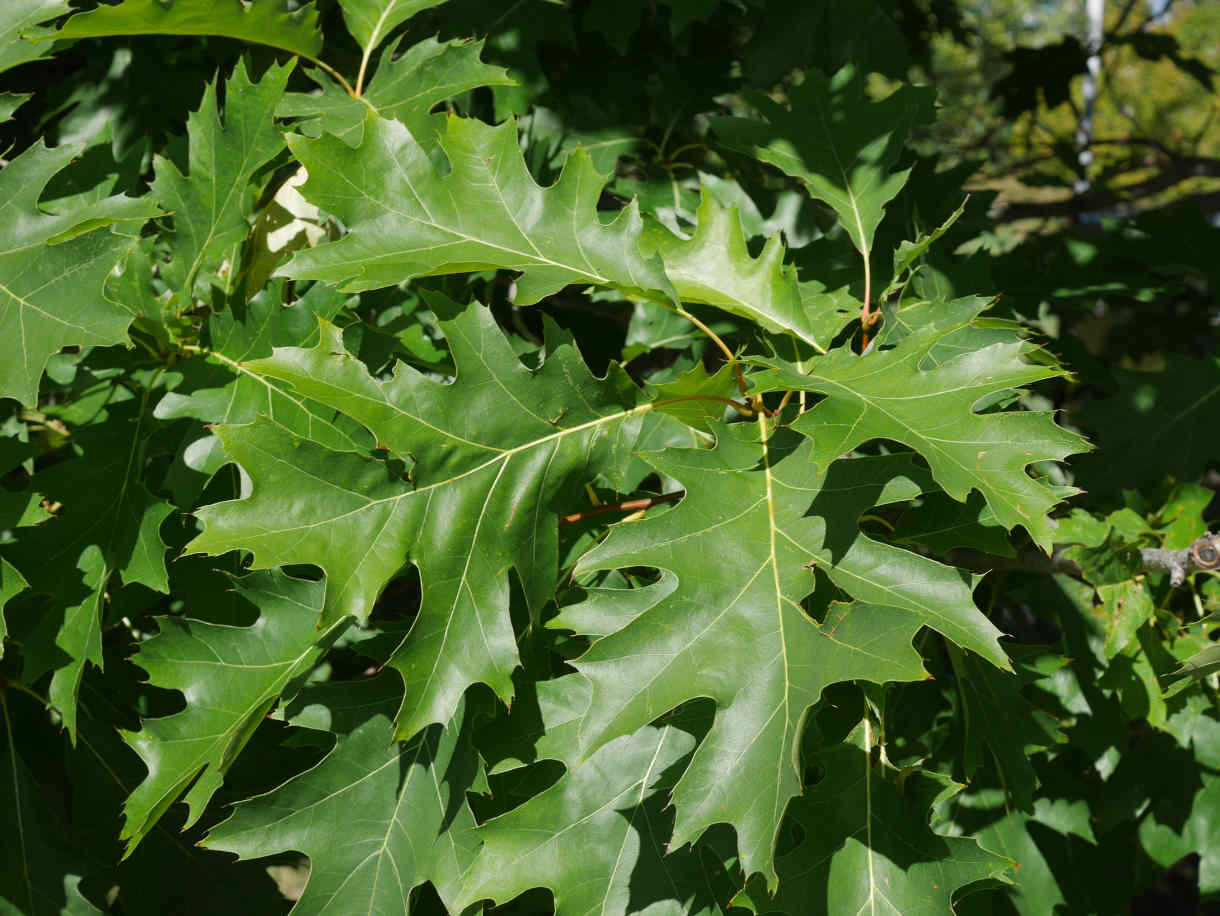
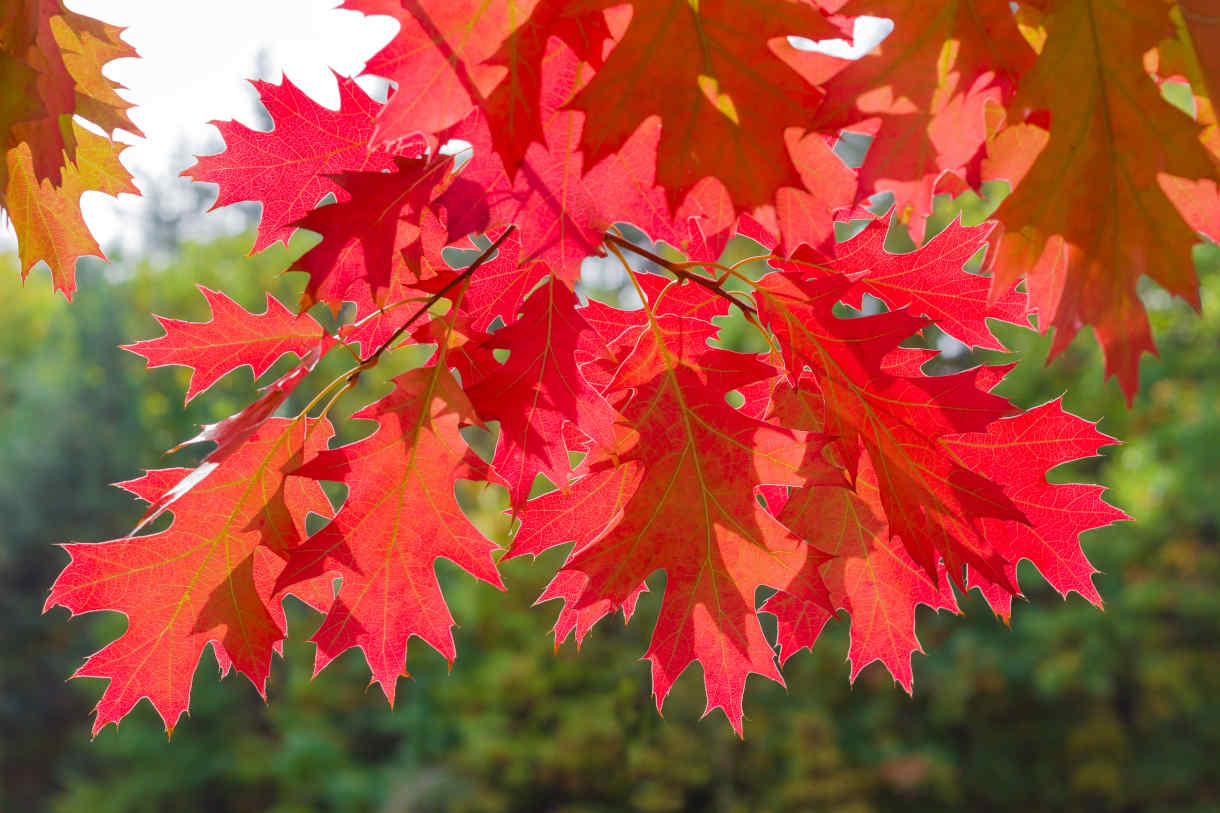
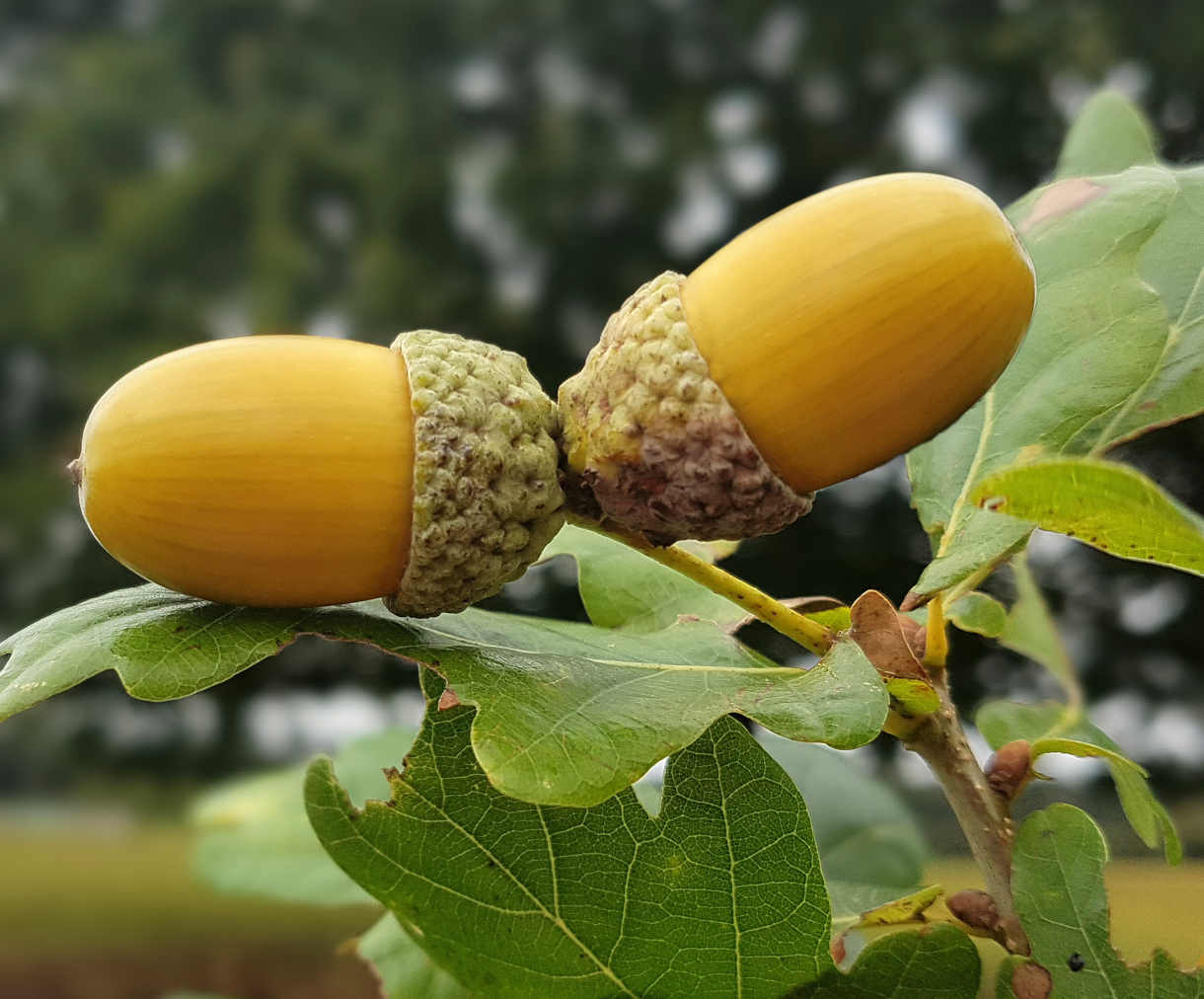
Where & when to plant Quercus
Position- Full sun or partial shade. Evergreen species prefer full sun.
Soil- As a general rule, deep, fertile, and well-draining, though individual species can vary (see below). Can adapt to a range of soil pH unless stated otherwise.
Flowering Period- Slender male catkins and inconspicuous female flowers are produced in spring.
Hardiness- Hardy. To what extent depends on the species.
Horticultural Divisions-
An easy, at-a-glance guide to the most popular types of oak grown in the UK.
Name | Common name | Description | Hardiness |
Quercus robur | English oak/ common oak | Large, spreading, deciduous tree. Sometimes becomes as wide as it is tall. Common across the British Isles.
| H6 (-15 to -20°C) |
Q. petraea | Sessile oak | Similar to Q. robur but with hairier and less deeply lobed leaves and stalkless acorn cups.
| H7 (-20°C and beyond) |
Q. ilex | Holm oak | Evergreen species from the Mediterranean with glossy, dark green leaves. One of the fastest growing oaks, tolerant of air pollution and strong winds. Often grown as coastal hedging.
| H4 (-5 to -10°C) |
Q. rubra | Red oak | Deciduous North American species grown for spectacular autumn colour. Needs a neutral to acidic soil pH.
| H7 (-20°C and beyond) |
Q. cerris | Turkey oak | Deciduous species from S Europe and parts of Asia. Narrower leaves with pointed lobes. The key distinguishing feature is a hairy acorn cup which resembles thick moss.
| H6 (-15 to -20°C) |
Q. suber | Cork oak | Evergreen species native to SW Europe and NW Africa. Thick, bark which is the primary source of cork for the wine industry. Once over 25, the tree can have its bark harvesting once every 10 years with no ill iffect.
| H5 (-10 to -15°C) |
Q. palustris | Spanish oak/ swamp oak | A deciduous North American species with a relatively narrow canopy and thin, slightly pendulous branches. The best oak for growing in areas prone to winter waterlogging. Good, red autumn colour. | H6 (-15 to -20°C) |
For best results, plant deciduous species in late winter/ early spring.
Evergreen species are best planted in autumn or spring. An autumn planting can be done by those gardening in mild conditions (and broadly speaking, this is the southern half of the UK). For those liable to cold winters, it is best to wait until spring (generally the northern half of the UK).
Try to avoid a summer planting as woody plants struggle to establish well from this.
In terms of choosing as spot, quercus is suitable for growing as a specimen tree or can be planted closely together as hedging. Some smaller, narrower forms are suitable for avenue or street planting, such as Q. palustris ‘Green Pillar’ and Q. robur ‘Fastigiata’. Q. ilex (holm oak) responds well to clipping, and can fit into a smaller garden space as a standard lollipop tree or pleached hedge.
Like all trees, quercus prefers the open ground to a container. However, the latter is a possibility so long as you repot into a larger container every couple of years and keep on top of watering and feeding. Trees in containers can be expected to remain much smaller than those in the ground.
How to plant Quercus
Water container-grown plants well and allow to drain before planting. Then:
· For planting in the open ground, dig the soil area over, removing any large stones and weeds and breaking up any lumps. Mix in plenty of organic matter such as manure or garden compost.
· Rake level and firm with your heels. Rake level again.
· Dig a hole twice the width of the roots.
· Place the plant in the hole, ensuring the top of the root ball or the previous soil mark sits level with the surface of the soil. To high and the roots can dry out, too low and the stem can rot.
· Backfill with soil and firm in gently with your foot.
· Soak well with water.
· Mulch around the base with well-rotted organic matter such as manure or garden compost.
· In an exposed spot, young trees can benefit from staking to help protect them from wind damage. Taking care to avoid the roots, knock a stake into the ground, angled into the prevailing wind. Attach to the main trunk with a rubber stake tie (remember to check and loosen this as the tree grows). This is applicable only to larger specimens; those bought in younger, sapling form are not suitable for staking in this way, however can benefit from a temporary wind screen to help establishment – particularly when planted en masse as a new hedge.
· If you’re planting a hedge, aim for a spacing of around 50 centimetres between each plant.
For planting in a container, first choose an appropriately sized pot. The best practice is to start just a few centimetres larger than the rootball and repot into a slightly larger size every year or two. Always ensure there are plenty of drainage holes in the bottom.
· If you are using a large or heavy pot, it can be a good idea to fill and plant it in situ to save yourself the trouble of moving once full.
· Use a good quality potting compost with plenty of horticultural grit mixed in, and, if not already present in the compost (check the description on the bag) some slow-release fertiliser granules.
· Start by partially filling the pot with compost; enough so that when placed on it the top of the roots sit about 3cm lower than the top of the pot.
· Infill all the space surrounding the roots with compost, firming down with your fingers then adding a little more so the plant is held tight.
· Pick up the pot (if you can!) and lightly tap on the potting bench or ground a few times to help further settle the compost around the plant.
· Soak well with water.
· A mulch with horticultural grit will look attractive and help to prevent a ‘cap’ or crust forming on the top of the compost (something container plants can suffer due to the artificial nature of their watering).
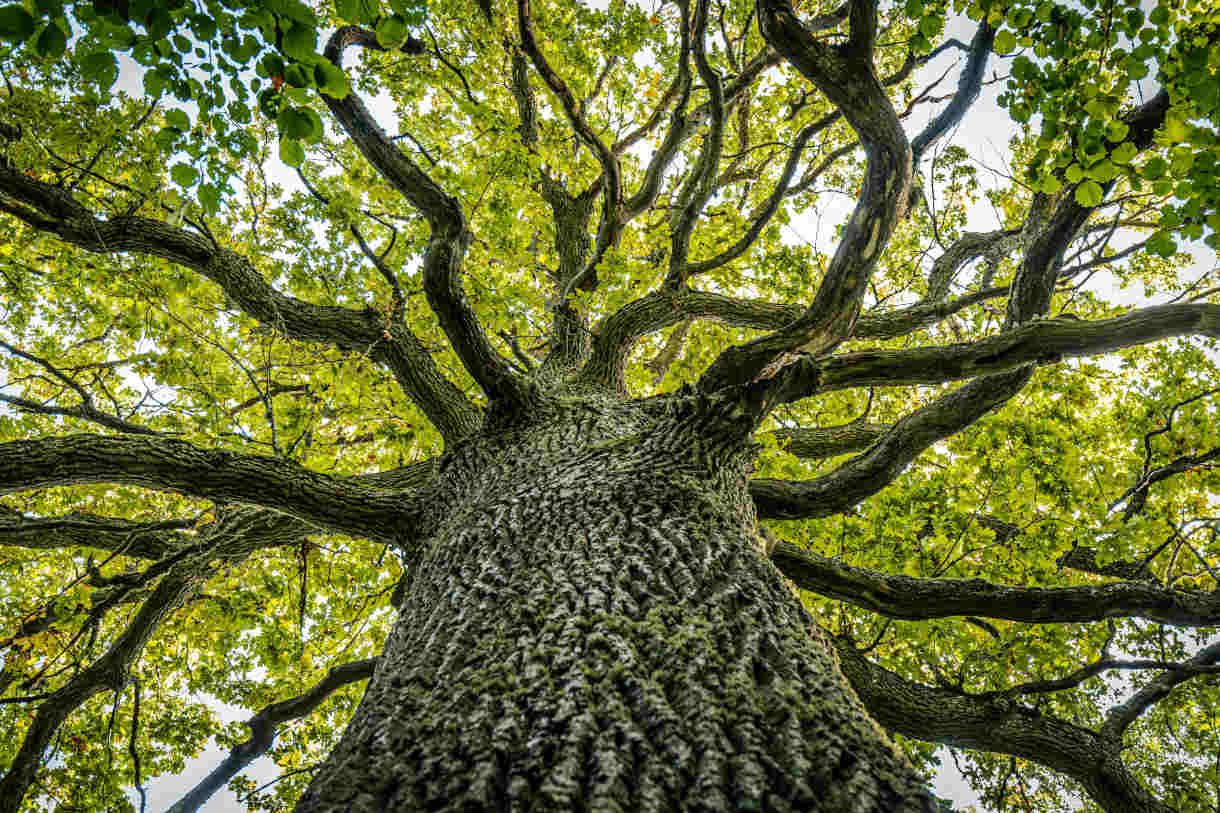
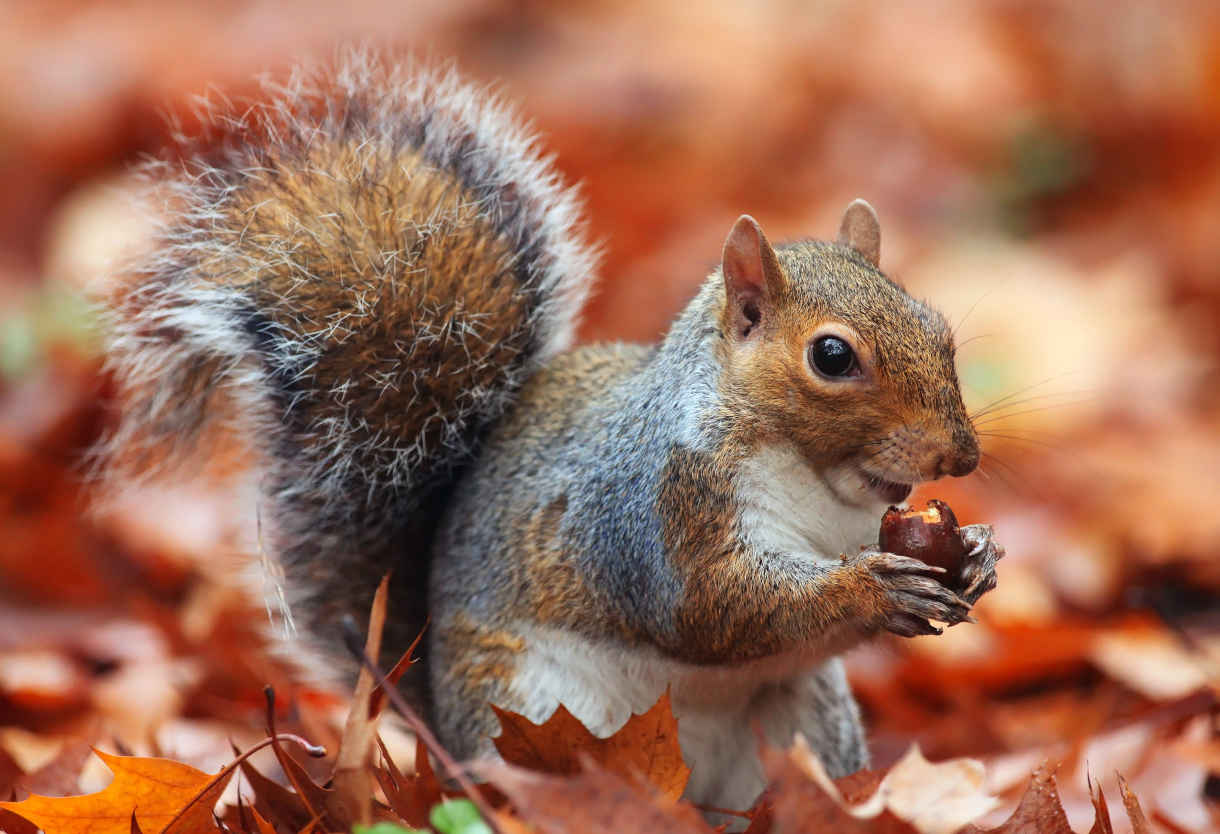
What to plant with Quercus
Deciduous species can be underplanted with spring flowering plants which soak up the light filtering through the bare canopy before it closes over with shade-casting foliage. Anything drought tolerant will do (there’s little moisture to spare down there), such as bluebells, snowdrops, brunnera, pulmonaria, lamium, or Geranium ‘St Ola’.
If you’re growing evergreen species Q. ilex in a coastal garden, other salt and wind tolerant companions might include escallonia, tamarix, crinodendron, anisodontea, cistus, armeria, agapanthus, and eryngium.
Or, for a wildlife-friendly mixed hedge, combine Q. robur or Q. petraea with other native species such as hazel, holly, beech, elder, and dogwood.
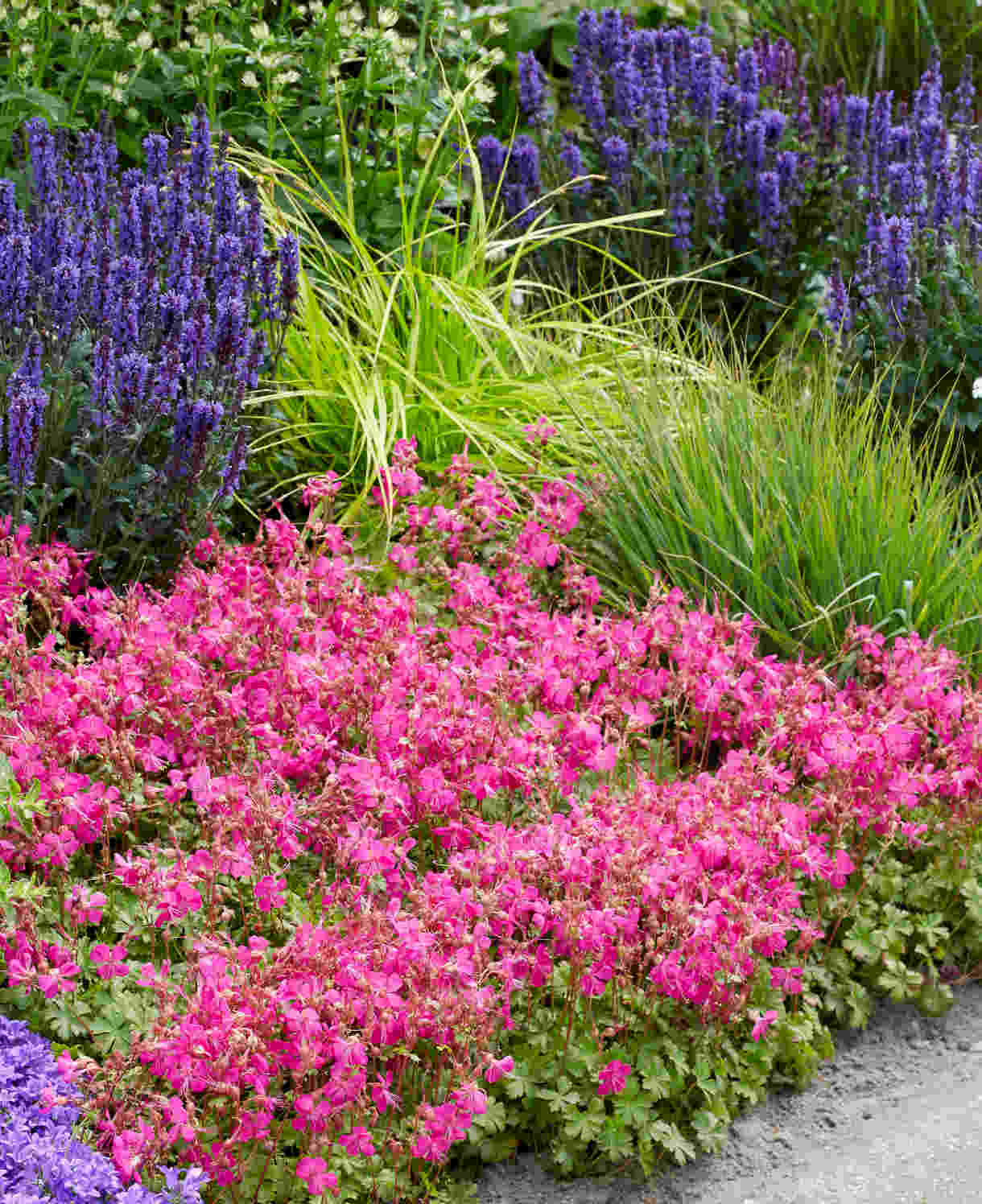
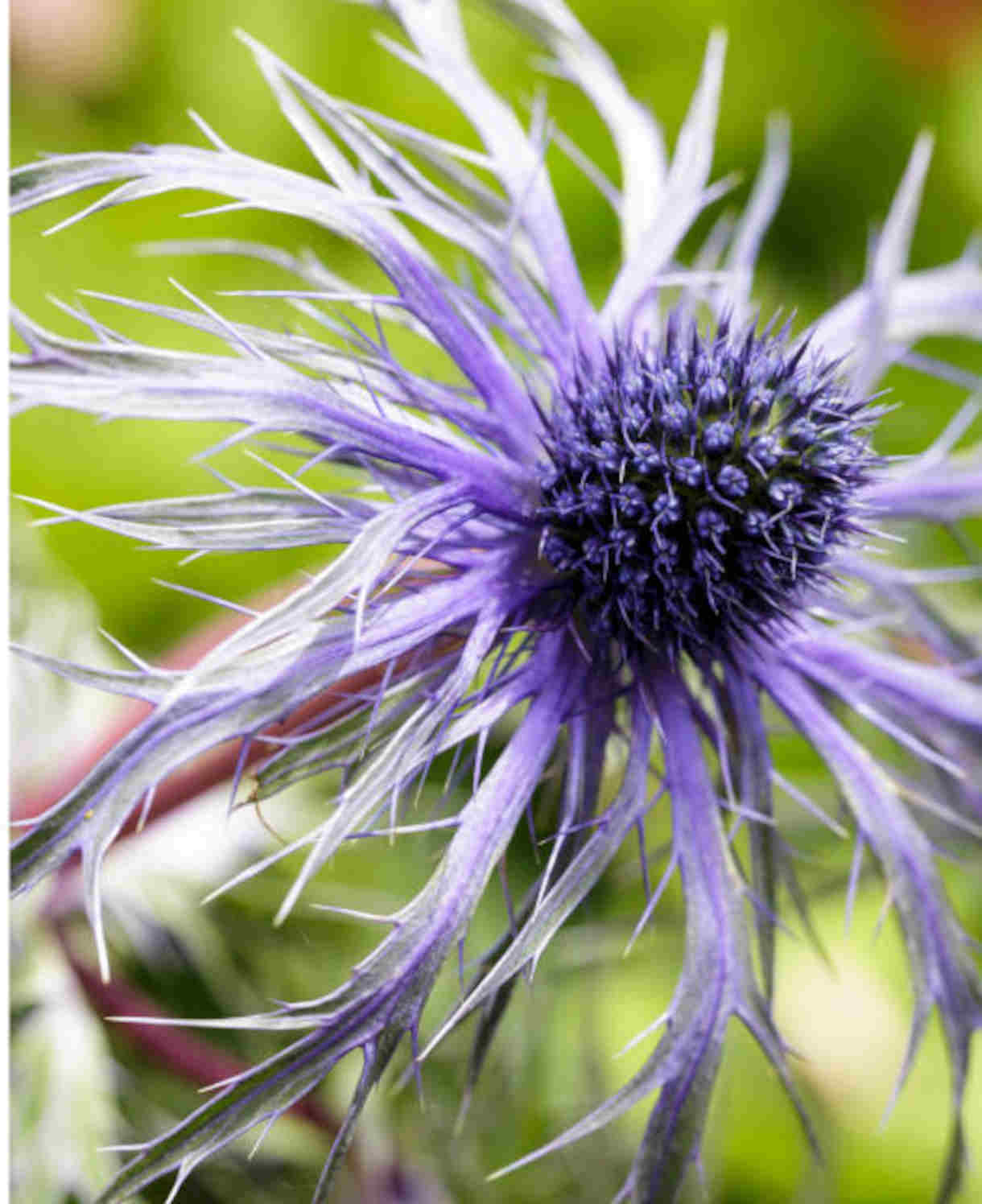
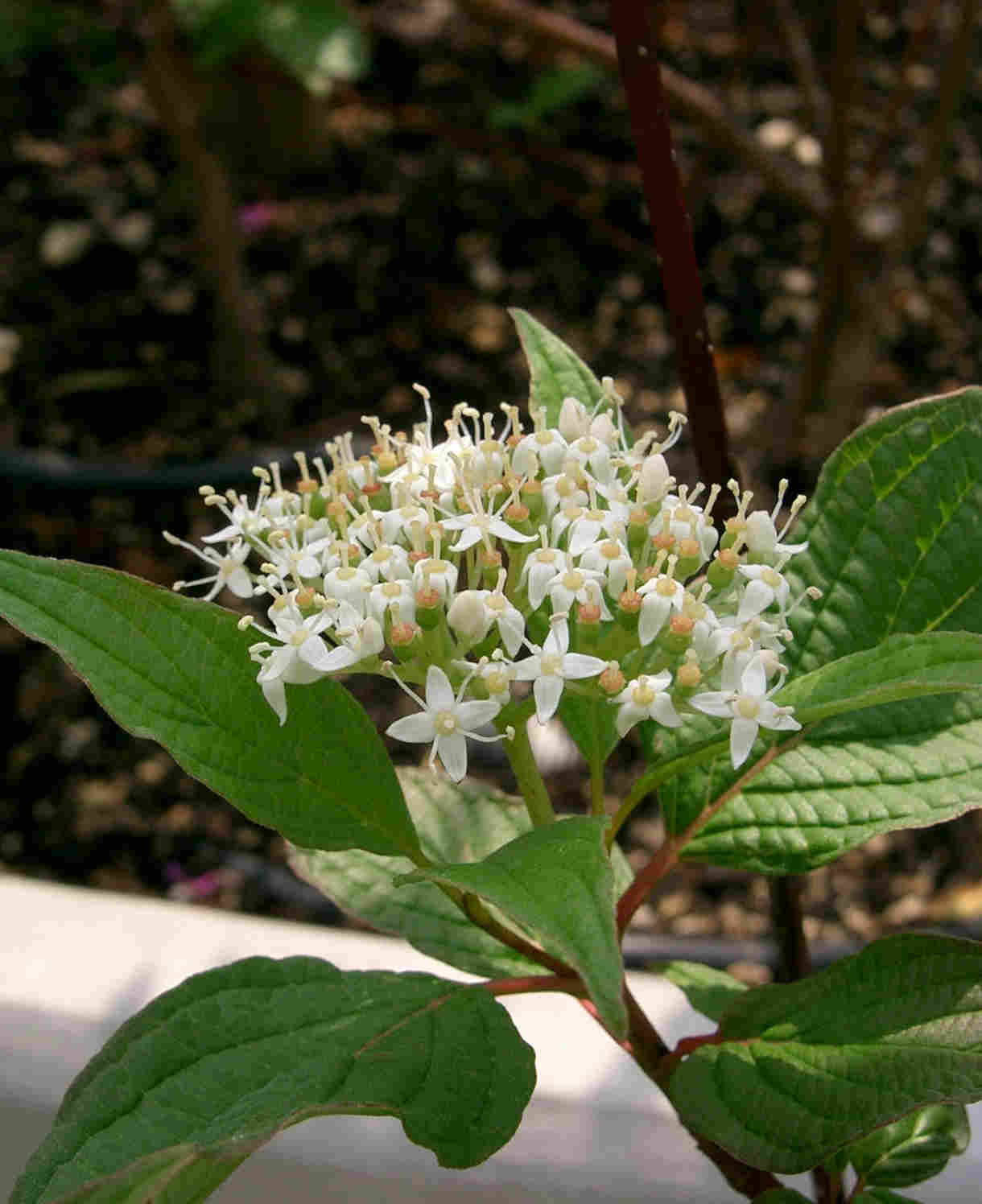
How to care for Quercus
Pruning and Deadheading
Quercus grown as a free-standing specimen is in RHS Pruning Group 1, which means pruning is not only unnecessary but actively discouraged as it is likely to spoil the overall appearance. The only intervention needed is the occasional light tidy, i.e., the removal of any dead, diseased, damaged, or badly placed growth, best done in late winter or early spring.
Quercus grown as a hedge or other clipped form can be trimmed each year in autumn. Try to avoid hedge trimming between March and September as this risks disturbing nesting birds.
Watering
Like all woody plants, quercus does best with regular watering for its first couple of growing seasons in the ground to encourage root establishment. After this it should be largely self-sufficient, particularly with an annual mulch which locks in moisture – more on this in our ‘Feeding’ section below. Having said this, in our changing climate it can still pay to soak trees during prolonged periods of hot, dry weather, particularly younger specimens.
Container-grown quercus has less access to moisture and needs to be watered regularly throughout every growing season. Aim for infrequent big soakings, rather than little and often, allowing the top few centimetres of compost to dry out each time. Try to avoid the compost drying out completely, being aware that this can happen in as little as 24 hours during the height of summer, and sometimes even less for very full containers. From mid-autumn, the British climate tends to take over watering needs, though do remember to step in in the event of an unseasonably dry spell.
Feeding
On healthy, fertile soil, an annual mulch of well-rotted organic matter should provide sufficient nutrients for your quercus. This has the added benefit of suppressing weeds and locking in moisture. Autumn and spring are the best times to carry out mulching.
For an extra boost (most needed in the first few years of the plant being in the ground, or annually if growing in poor soil), apply a general-purpose granular feed such as blood, fish, and bone to the surface of the soil and lightly work it in. This is known as a ‘top dress’ and is best done in late winter or early spring.
Container-grown plants rely even more on the gardener for nutrition. Get off to a flying start by making sure you use a good quality compost, then throughout the growing season (March to September) apply a liquid feed every 3-4 weeks. Remember to repot into a slightly larger pot using fresh compost every couple of years. In the intervening years, and every year once this is no longer feasible, carry out an annual topdress in spring. Scrape away the top 5cm of compost and replace with fresh, remembering to mix in a little general-purpose slow-release feed.
Cold Protection
Most quercus species are hardy enough to withstand a UK winter without the need for additional protection. Holm oaks (Q. ilex) struggle in very cold, freezing temperatures so are more commonly grown in the milder, southern regions or where there is a warm microclimate.
Pests and Diseases
Quercus tends to be planted for wildlife value, and the thousands of insects, birds, mammals, and other organisms that feed on it are generally welcomed. There are, however, a handful to look out for which pose a serious threat to our oak populations. If you suspect any of the following, report to the Forestry Commission via their Tree Alert system:
· Oak processionary moth. Recognisable for their en masse spiralling up the trunk of the tree. Most likely in London and the Southeast.
· Acute oak decline. Sudden, significant die back and dark, weeping patches of fluid on the trunk.
· Oak powdery mildew. White, powder-like substance coating the leaves and weakening growth.
Honey fungus can also be a problem, though is mercifully rare unless you’re near a heavily wooded area. It can be identified by dieback and sparse foliage, and fungal fruiting bodies at the base of the trunk. Unfortunately, little can be done other than removing the affected specimen and replacing with a known resistant alternative.
How to propagate Quercus
Acorns can be collected and planted in autumn – a popular activity for children and families. Take only the acorns which have fallen onto the ground. Those on the tree are not yet ready.
1. Collect the best acorns you can find; large, plump, ripe, and freshly fallen. If they come out of their cup easily, they’re ready to plant. Take twice as many as you need – not all will germinate.
2. Pot up as soon as possible to avoid the acorn drying out.
3. Using a deep pot (at least 15 centimetres) to accommodate the long tap root, fill to about three quarters with a good quality compost containing some horticultural grit.
4. Place the acorn on its side (cup removed) and cover with 2-3 centimetres of compost.
5. Water and place in a protected yet cool environment with plenty of light, such as a coldframe or unheated greenhouse.
6. Protect your acorns from mice and birds – a simple chicken wire frame covering the pots works well.
7. Keep just moist, then water regularly in spring once the acorn has germinated.
8. Pot into a larger pot once the sapling reaches 25 centimetres.
9. Either plant out later that year, as above, or continue to grow on in a pot until you’re ready to use it in the garden.
* Many plants carry Plant Breeders Rights and cannot be propagated for commercial purposes.
Common Quercus questions
· How quickly does an oak tree grow?
Expect a growth rate of approximately 50 centimetres per year. It takes around 40 years for the tree to reach acorn-producing maturity.
· Where can I see different species of oak grown together?
Cherithorne Manor in Devon holds the national collection of quercus and grows over 400 species.
